Caprock Design + Build Blogs
Buildwise Journal
Caprock Design + Build Blogs
Buildwise Journal

How Weatherization and Home Energy Audits Can Improve Your Home’s Energy Efficiency
Energy efficiency plays a vital role in the construction of residential homes. From reducing energy consumption and lowering utility costs to minimizing the build’s environmental impact, implementing energy-efficient measures is beneficial for both the environment and the homeowner’s wallet.
We’ve discussed how proper insulation, high-performance windows, and efficient heating and cooling systems allow you to create homes that are comfortable, affordable to maintain, and environmentally friendly. But there are two additional strategies you can implement to improve your home’s energy performance: weatherization and home energy audits.
In this article, we explore the benefits of these two strategies, as well as tips for advantage of them in your home. Whether you’re a builder or a homeowner, these practices will not only enhance comfort and reduce energy bills but also contribute to a more sustainable and environmentally friendly living space.
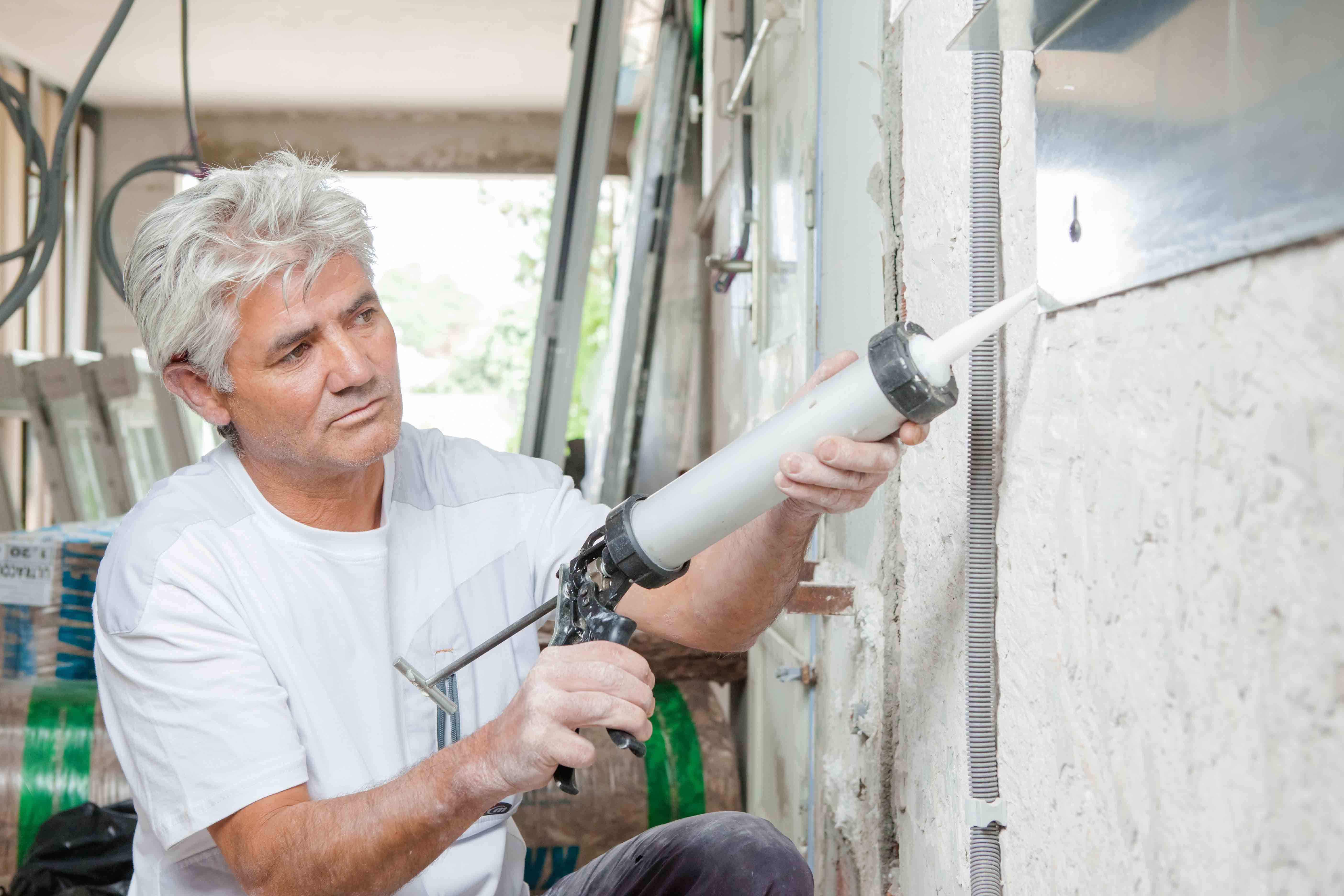
What Is Weatherization?
Weatherization involves making your home more energy-efficient by sealing leaks, adding insulation, and implementing other measures to reduce energy loss. This process is essential for maintaining a comfortable indoor environment and minimizing energy consumption.
Weatherization typically consists of:
Caulking
Weather-stripping
Ceiling, wall, and floor insulation
Patching holes in the building envelope
Ductwork
HVAC maintenance
In order for you to get the full energy efficiency benefits of weatherization, these processes must be done the right way and with the right materials. The U.S. Department of Energy explains these processes and approved materials in the Code of Federal Regulations.
Low-income families and elderly individuals can take advantage of weatherization without putting additional strain on their budget with the Texas Weatherization Assistance Program. This program also includes free professional energy audits.
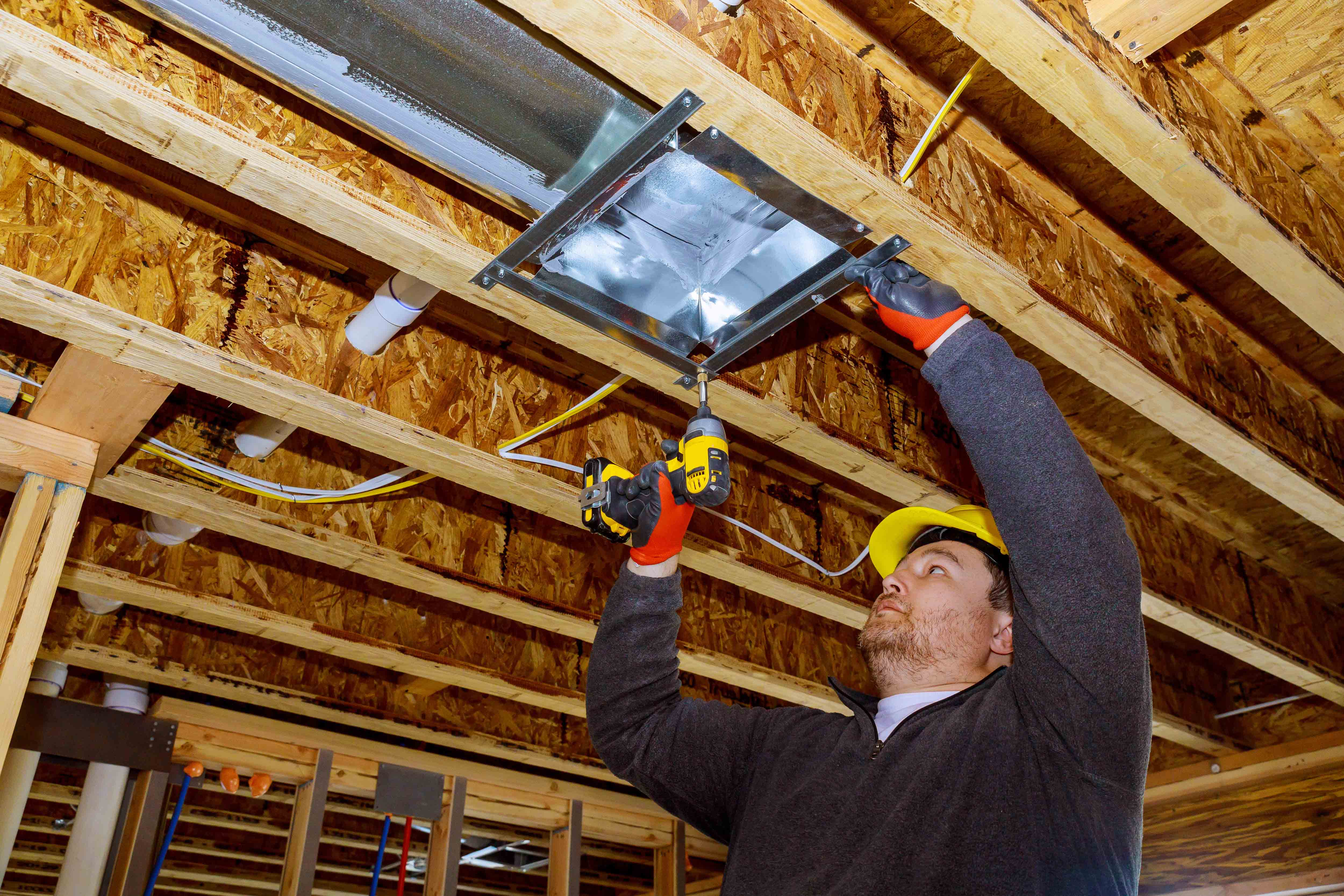
The Top 4 Benefits of Weatherization
1. Reduced Energy Bills
By sealing air leaks and improving insulation, weatherization helps maintain a consistent indoor temperature, reducing the need for heating and cooling and lowering energy costs.
According to the U.S. Department of Energy, weatherization could save you an average of $300 on your annual energy bill. It can also boost the value of your home by as much as $1,000.
2. Enhanced Comfort
Weatherization eliminates drafts and cold spots, ensuring a more comfortable living environment year-round. This is especially true in areas like the Texas Panhandle, where temperatures can go from blisteringly hot to freezing cold in a matter of hours.
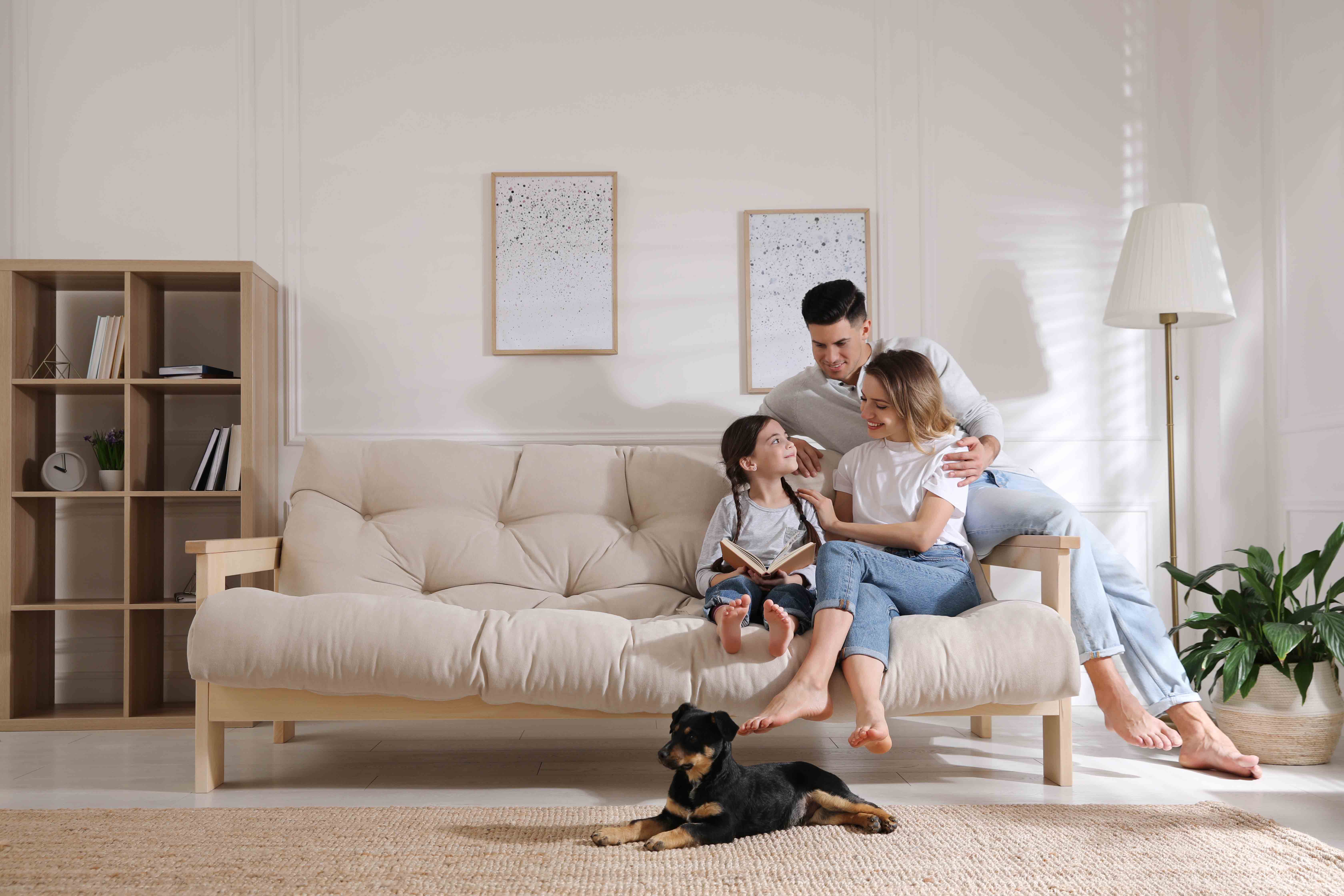
3. Improved Indoor Air Quality
Proper sealing and ventilation prevent outdoor pollutants from entering the home, enhancing indoor air quality and health. This can lead to a number of health benefits, including:
Improved breathing and comfort, particularly for those with asthma
Reduced levels of toxic materials like lead and mold
Better quality sleep and blood pressure levels
Reduced physical stress on the body
Fewer cold-related illnesses, heat-related illnesses, and headaches
4. Environmental Impact
Reduced energy consumption translates to lower greenhouse gas emissions, contributing to a more sustainable and environmentally friendly home.

Essential Weatherization Techniques
1. Sealing Air Leaks
The key to successful weatherization is an airtight building envelope. Identify and seal gaps and cracks around windows, doors, and other areas where air can escape. Then use weatherstripping, caulking, and expandable foam to create a tight seal.
2. Insulation
Poorly insulated areas in a home lead to energy transfer, hot (and cold) seeping inside, and costly energy bills. Add or upgrade insulation in attics, walls, floors, and basements to improve thermal resistance and prevent heat loss.
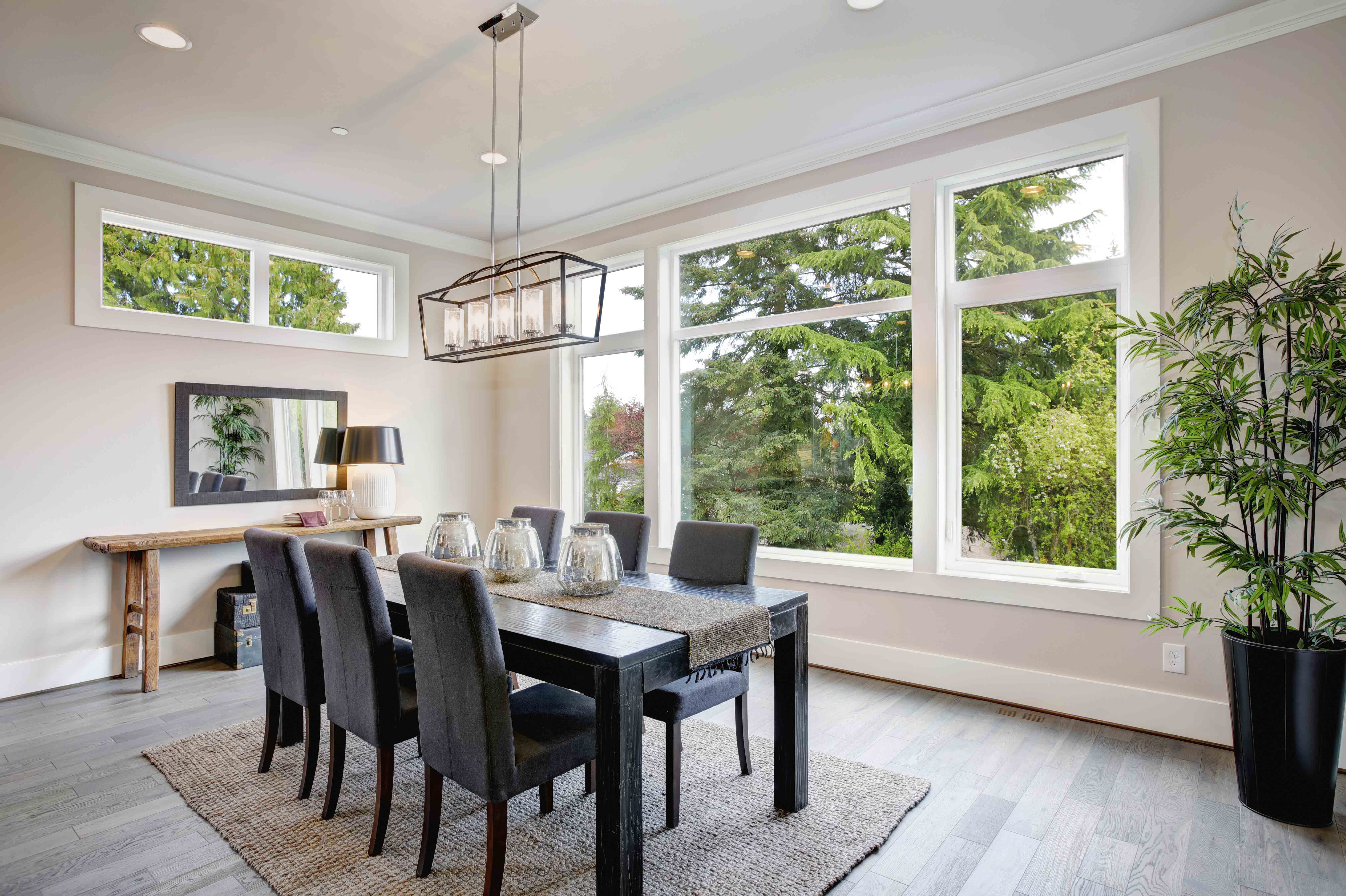
3. Windows and Doors
When the time comes to upgrade your windows and doors, your selection of materials and the quality of the installation process play a pivotal role in ensuring optimal functionality and aesthetics for your home.
Install energy-efficient windows and doors with double or triple glazing, low-E coatings, and proper sealing to reduce heat transfer and air leakage.
4. Ventilation
Could your home be at risk for mold and mildew? Ensure proper ventilation to maintain indoor air quality and prevent moisture buildup. Use exhaust fans in kitchens and bathrooms and consider installing energy recovery ventilators (ERVs) or heat recovery ventilators (HRVs).
Not only will these techniques improve your home’s energy efficiency, but they will also prevent the growth of dangerous molds, fungi, bacteria, and viruses that could impact the occupants’ long-term health.

What Are Home Energy Audits & Why Should You Get Them?
A home energy audit is a comprehensive assessment of your home’s energy use and efficiency. It identifies areas where energy is being wasted and provides recommendations for improvements.
With professional home energy audits, an expert will examine your home room-by-room using specialized equipment to identify possible air leaks, areas of temperature exchange, gas leaks, and other potentially dangerous concerns.
You can also conduct your own energy audit to uncover problem areas. Check out this video to learn more. It’s best to conduct audits during the winter months.
How often you need audits will depend on the age of your home. Older homes, which are typically more prone to problems, need audits every 2-3 years. Newer homes built with energy-efficiency practices can get away with longer breaks between audits.
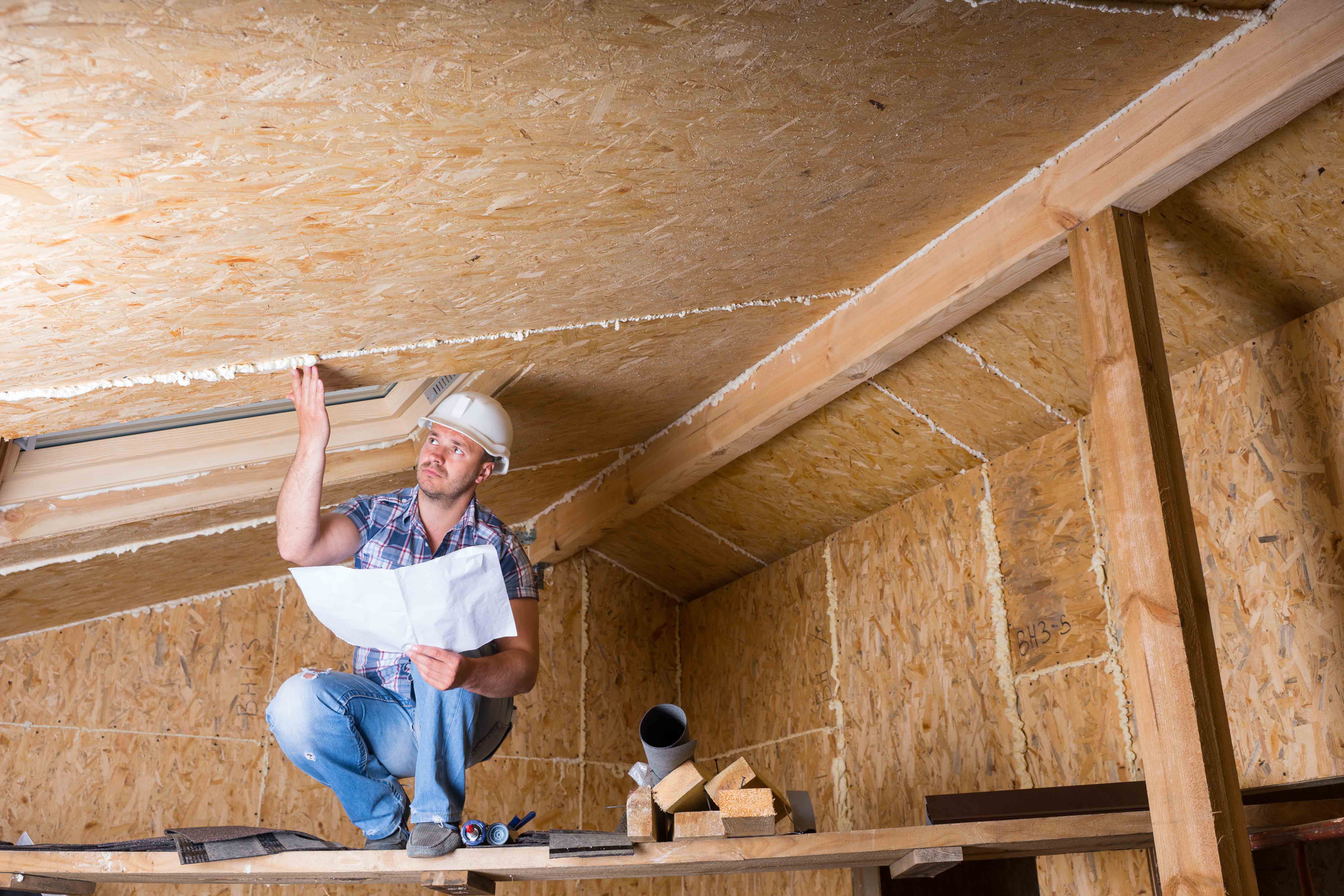
Key Benefits of Home Energy Audits
1. Customized Recommendations: Energy audits provide tailored solutions based on your home’s specific needs, ensuring that you invest in the most effective energy-saving measures.
2. Increased Efficiency: By addressing identified issues, homeowners can significantly improve their home’s energy efficiency and reduce utility bills.
3. Enhanced Comfort: Implementing audit recommendations leads to a more comfortable living environment with better temperature regulation and air quality.
4. Long-Term Savings: Energy audits help homeowners prioritize improvements that offer the greatest return on investment, leading to long-term cost savings.
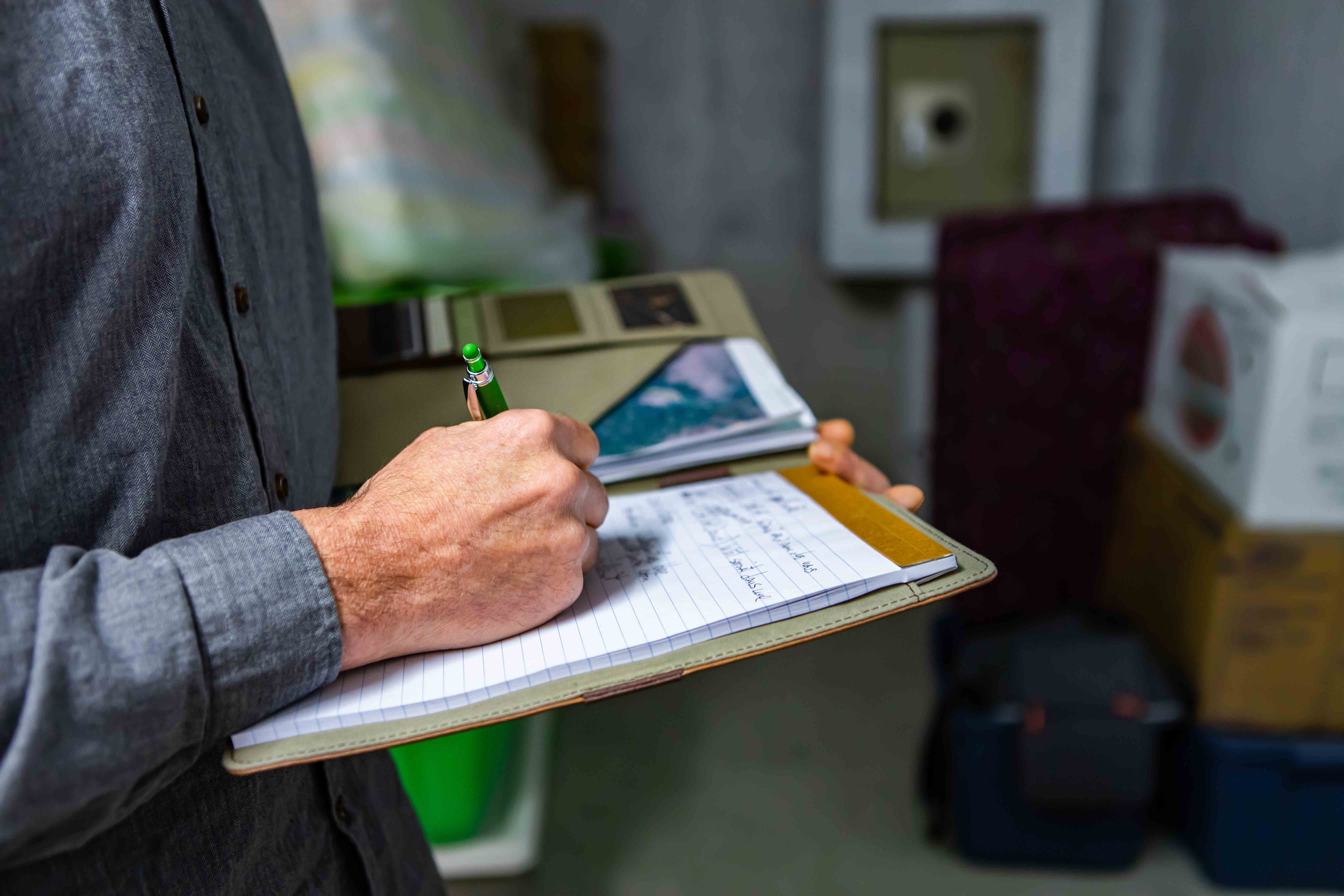
The 4-Step Home Energy Audit Process
1. Initial Assessment
A certified energy auditor will conduct a thorough inspection of your home, including windows, doors, insulation, heating and cooling systems, and appliances.
2. Blower Door Test
This test measures the air tightness of your home by using a blower door to create a pressure difference, revealing air leaks and drafts.
3. Thermographic Inspection
Infrared cameras are used to identify areas of heat loss and insulation gaps, providing a visual representation of your home’s thermal performance.
4. Review and Recommendations
The auditor will provide a detailed report with findings and prioritized recommendations for energy-saving improvements.

Incorporate Weatherization & Energy Audits for a Sustainable Future
Weatherization and energy audits are essential for achieving a high-performance, energy-efficient home. By investing in weatherization and conducting regular energy audits, homeowners can enhance comfort, reduce energy costs, and contribute to a more sustainable future.
Thank you for joining us this month as we explored various energy efficiency upgrades. Stay tuned for our upcoming topics, where we will continue to provide insights and tips for creating healthier, more efficient living spaces.
Dreaming of building a sustainable, practical, and stunning home that checks every box? Hoping to improve your existing home’s energy efficiency to save on your annual energy bills? Reach out to Caprock Design + Build now. Together, we’ll ensure your home is comfortable and energy-efficient while making strides toward a more sustainable future.

